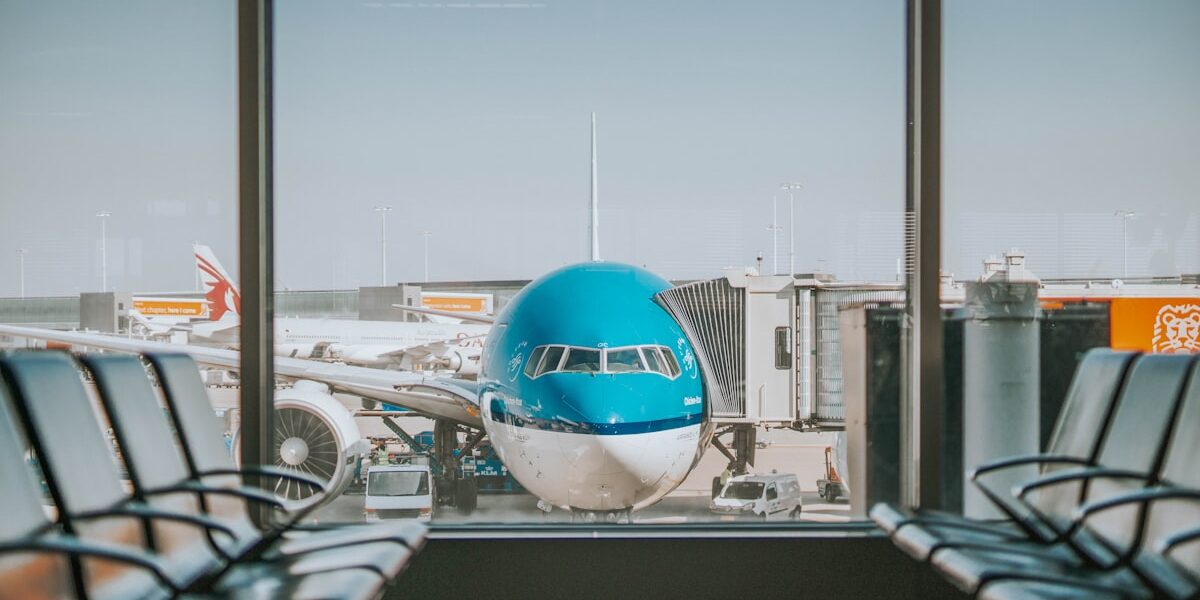Understanding Republic Airport: A Local Aviation Hub
Republic Airport, located in Farmingdale, New York, plays a significant role in the region’s aviation landscape. Often overshadowed by the bustling major airports in New York City, Republic Airport provides a unique gateway for general aviation and a variety of aviation services.
The Birth and Development of Republic Airport
Established in 1928, Republic Airport has a rich history rooted in aerospace manufacturing. Originally constructed by Sherman Fairchild, it served as the testing and manufacturing site for Fairchild Aviation Corporation. Over the years, it transitioned from an industrial hub to a public airport. Ownership transferred to the Metropolitan Transportation Authority (MTA) in the 1960s, and finally to the New York State Department of Transportation (NYSDOT) in the 1980s.
Republic Airport is classified as a regional general aviation reliever airport. This designation helps reduce congestion at New York City’s main airports by handling private planes and smaller commercial aircraft. The airport spans approximately 526 acres and features two asphalt runways, measuring 6,833 and 5,516 feet respectively. These runways cater to a wide range of aircraft, from single-engine planes to corporate jets.
Facilities and Amenities
The airport is home to a variety of facilities designed to support pilots, passengers, and aircraft. These facilities include:
- Fixed Base Operators (FBOs): These businesses provide essential services like refueling, hangaring, maintenance, and ground support.
- Maintenance Services: Several repair stations at Republic Airport offer comprehensive maintenance and repair services for different types of aircraft.
- Pilot Amenities: Pilots can access lounges, flight planning rooms, and rest areas to prepare for and unwind after flights.
- Aircraft Storage: There are numerous hangars and tie-down spaces available for aircraft storage, protecting them from the elements.
The airport also features a terminal building with passenger waiting areas, meeting rooms, and rental car services. This makes it a convenient choice for business travelers and private flyers alike.
Economic Impact and Community Engagement
Republic Airport contributes significantly to the local economy. It creates jobs and stimulates economic activity through various airport-related businesses and industries. The airport’s presence attracts corporate travelers, thereby benefiting local hotels, restaurants, and other service providers.
Community engagement is a priority for Republic Airport. Open house events, educational tours, and public meetings help foster a positive relationship with the surrounding community. These initiatives provide insights into airport operations and address any community concerns.
Flight Training and Aviation Education
Republic Airport is a focal point for flight training. Several flight schools operate on the premises, offering training programs for aspiring pilots. These programs range from private pilot licenses to commercial pilot certifications.
Beyond flight training, the airport supports broader aviation education initiatives. Students and aviation enthusiasts often visit for tours and educational activities, gaining exposure to various facets of aviation. These efforts help cultivate the next generation of aviators and aviation professionals.
Special Events and Services
Throughout the year, Republic Airport hosts various events that draw visitors and aviation aficionados. Airshows, charity flights, and community events are regular occurrences. These events showcase different aircraft, promote aviation awareness, and often support charitable causes.
The airport further offers services such as aerial photography, banner towing, and aircraft charter services. These diversify the range of activities at Republic Airport, making it a versatile aviation hub.
Environmental Stewardship
Republic Airport places importance on environmental responsibility. Noise abatement procedures and practices aim to minimize the impact of aircraft noise on nearby residential areas. The airport also employs measures to manage and mitigate environmental effects through careful monitoring and sustainable practices.
Future Developments
Looking ahead, Republic Airport has plans for various infrastructure improvements and expansions. These enhancements aim to increase operational efficiency and accommodate future aviation demands. Plans include runway renovations, upgraded lighting systems, and improved taxiway configurations.
These investments look to ensure that Republic Airport remains a vital part of the region’s aviation network. As air travel evolves, the airport adapts to meet changing needs while maintaining high standards of safety and service.
Conclusion
Republic Airport plays a crucial role in the New York metropolitan area’s aviation ecosystem. From its historic beginnings as an aerospace manufacturing site to its current status as a bustling general aviation airport, Republic Airport serves a diverse array of aviation needs. It supports economic growth, provides flight training, hosts public events, and advocates for environmental stewardship. As it continues to develop and expand, Republic Airport remains committed to serving the aviation community and beyond.
“`




Subscribe for Updates
Get the latest articles delivered to your inbox.
We respect your privacy. Unsubscribe anytime.